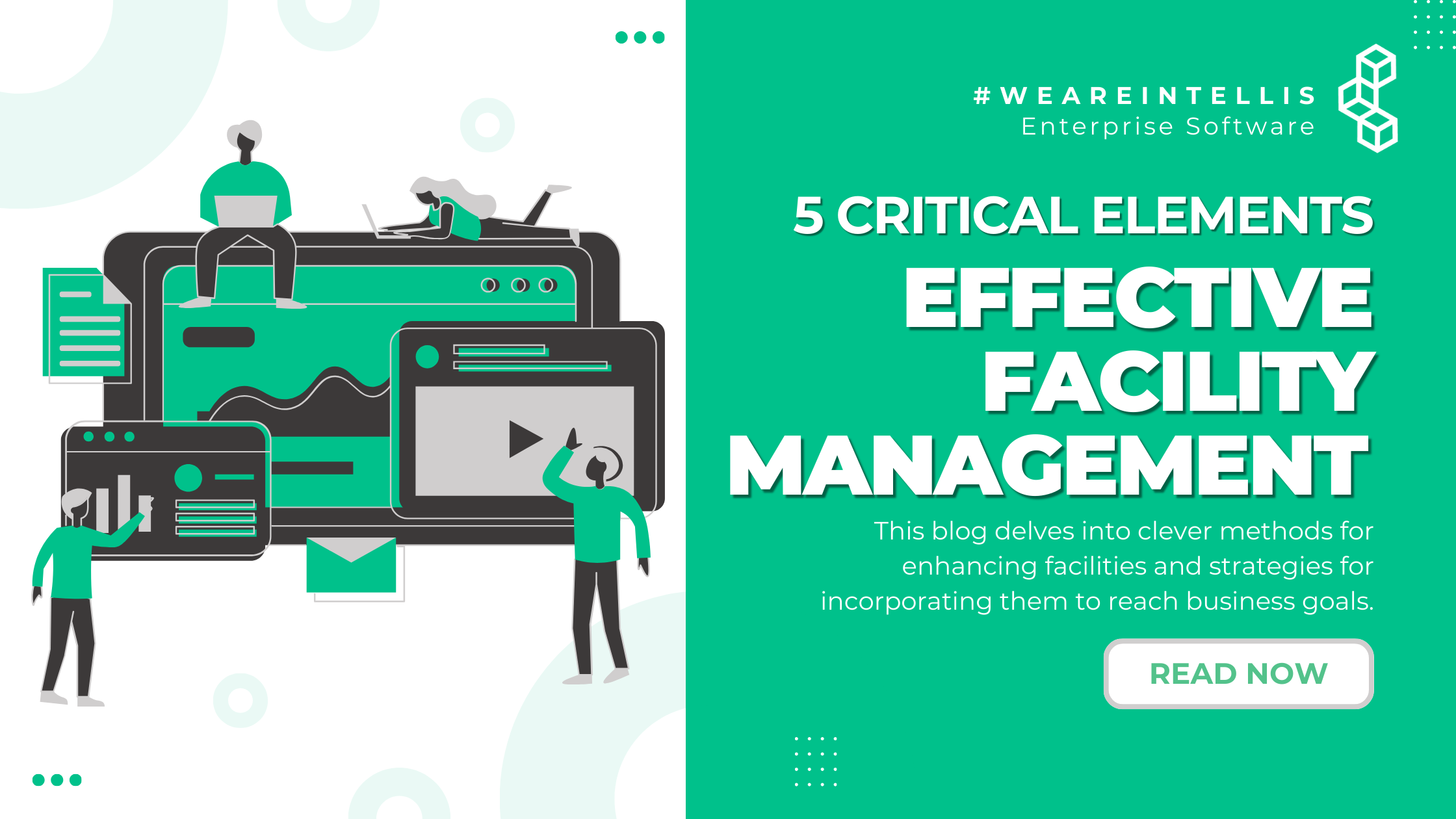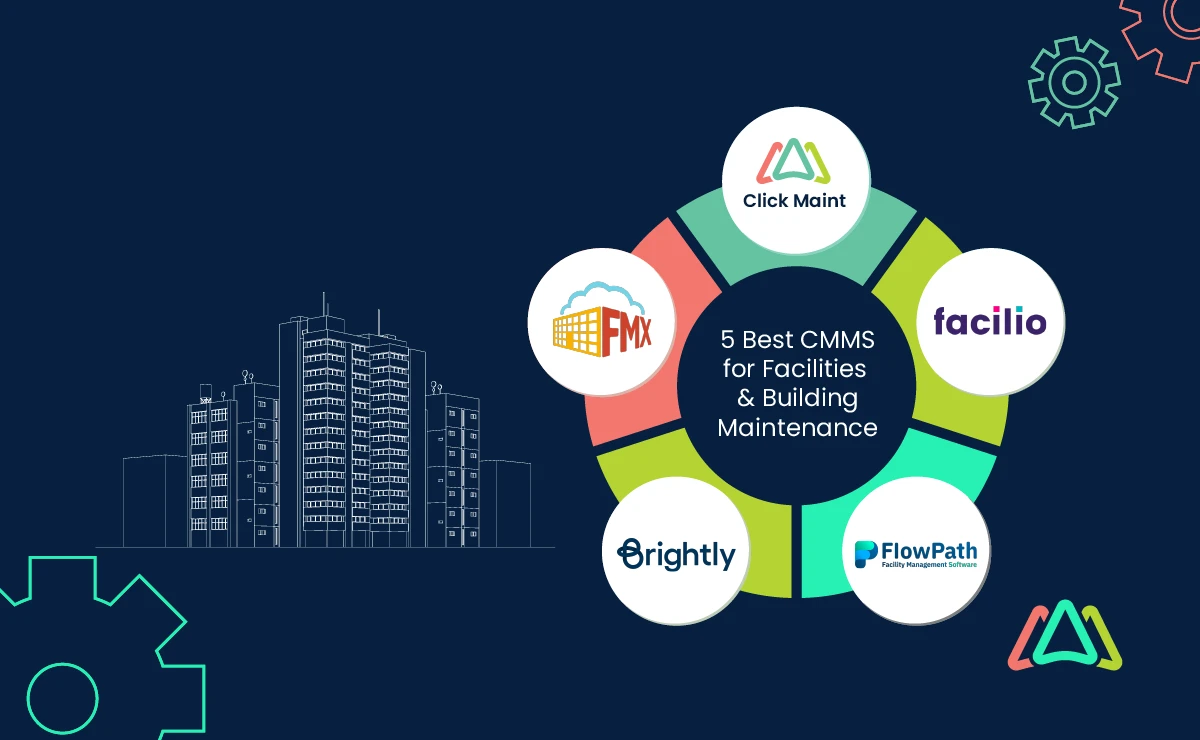Comprehensive Overview to Facility Management for Businesses
Wiki Article
Trick Trends Shaping the Future of Center Monitoring in 2024
As we look ahead to 2024, the landscape of center administration is poised for significant transformation, driven by numerous crucial patterns. The integration of clever structure technologies and a change in the direction of data-driven decision-making pledge to enhance functional effectiveness while prioritizing sustainability in technique.Smart Building Technologies

Smart structure modern technologies include a wide range of systems, including intelligent illumination, cooling and heating controls, and security systems. By incorporating these systems, center supervisors can check and readjust criteria in real-time, causing substantial decreases in power waste and functional expenses. Wise sensing units can find tenancy levels and adjust lights and temperature as necessary, making certain that energy is only utilized when necessary.
Moreover, these modern technologies facilitate improved data collection, enabling companies to track usage patterns and recognize opportunities for further enhancements. The implementation of clever building technologies not only adds to sustainability objectives but also develops healthier workplace that can increase worker productivity and contentment.
As we relocate right into 2024, the adoption of wise building technologies will likely increase, showing a more comprehensive change towards even more smart, receptive, and lasting facility management practices.
Data-Driven Choice Making
Progressively, organizations are leveraging data-driven choice making to enhance center management techniques. By taking advantage of data analytics, center supervisors can obtain workable insights that significantly enhance functional effectiveness and source allotment. The assimilation of sophisticated modern technologies, such as IoT sensing units and real-time surveillance systems, allows the collection of substantial amounts of information on structure performance, tenancy prices, and energy usage.This wide range of information enables center managers to determine fads, predict maintenance demands, and proactively address issues before they intensify. Predictive analytics can anticipate equipment failures, minimizing downtime and fixing costs. Furthermore, information visualization devices facilitate much better interaction amongst stakeholders, guaranteeing that educated choices are made collaboratively.
Additionally, data-driven approaches enhance tactical planning by making it possible for center managers to analyze the effectiveness of present methods and make educated selections relating to financial investments in technology or facilities. As companies significantly focus on functional excellence, data-driven decision production is positioned to become a foundation of effective center monitoring methods in 2024 and past. Inevitably, the capacity to take advantage of information successfully will equip companies to develop much more reliable, productive, and durable facilities.
Sustainability and Green Practices
The focus on data-driven decision making naturally aligns with the growing concentrate on sustainability and green methods within center monitoring. As companies increasingly prioritize environmental responsibility, center supervisors are leveraging analytics to enhance source usage, reduce waste, and reduce carbon footprints. This tactical strategy allows the combination of energy-efficient systems, such as LED illumination, smart cooling and heating controls, and sustainable power sources into facility operations.Furthermore, the implementation of lasting methods extends past power usage. Center managers are taking on environment-friendly materials and advertising reusing initiatives to produce a round economic climate within their facilities. This not just enhances the ecological account of the organization however also promotes a society of sustainability amongst workers.
Conformity with environmental guidelines is another essential aspect driving the adoption of green techniques. By utilizing information analytics, center managers can keep an eye on compliance metrics and determine locations for improvement, making sure adherence to international and regional sustainability criteria.
Hybrid Work Versions
A considerable change towards crossbreed work designs is improving the landscape of center management in 2024. This paradigm integrates in-office and remote job, requiring a reevaluation of area use, resource allowance, and employee engagement methods. Organizations are significantly recognizing the significance of versatile offices that cater to varied requirements and preferences.Center managers have to adapt by applying flexible workplace styles that sustain collective initiatives while supplying locations for focused job. This includes the assimilation of innovation to promote seamless interaction and partnership among in-office and remote employees. Smart building remedies, geared up with sensing units our website and analytics, enable real-time surveillance of space use, making it possible for organizations to maximize their atmospheres successfully.
Furthermore, hybrid work designs highlight the requirement for efficient facility management that prioritizes worker experience. In significance, the hybrid work model is transforming facility management, motivating a proactive method to satisfy the developing demands of the workforce.
Enhanced Resident Wellness
As organizations welcome hybrid job designs, an enhanced look at here now concentrate on passenger wellness is becoming indispensable to center monitoring strategies. Facility Management. This change acknowledges that a completely satisfied and healthy workforce straight affects productivity and retention prices. Facility supervisors are now prioritizing settings that promote physical and psychological well-being, incorporating aspects such as natural lighting, biophilic style, and available wellness sources

Innovation plays a critical duty in this evolution. Smart building systems can monitor environmental factors and adjust setups in real-time, ensuring optimal convenience degrees - Facility Management. In addition, responses devices, such as tenancy sensing units and worker surveys, enable facility managers to continuously fine-tune wellness campaigns based upon passenger requirements.

Conclusion
In 2024, the future of center management will certainly be significantly affected by the assimilation of wise structure technologies and data-driven decision-making, promoting boosted operational effectiveness. Sustainability initiatives will certainly prioritize green practices, while the development of crossbreed job models will require adaptable office styles. Moreover, a heightened concentrate on resident health via innovative heating and cooling systems and biophilic style will certainly add to healthier work atmospheres. These fads jointly emphasize the advancing landscape of center management in response to contemporary challenges and opportunities.Center supervisors are taking on green products and promoting recycling initiatives to develop a round economic climate within their facilities.A significant change towards hybrid job designs is reshaping the landscape of center administration in 2024.Furthermore, hybrid job designs emphasize the demand for efficient facility monitoring that prioritizes employee experience.As companies embrace hybrid job designs, a heightened emphasis on passenger wellness is coming to be important to facility monitoring methods.In 2024, the future of facility monitoring will be significantly affected Check This Out by the combination of smart structure innovations and data-driven decision-making, fostering boosted operational performance.
Report this wiki page